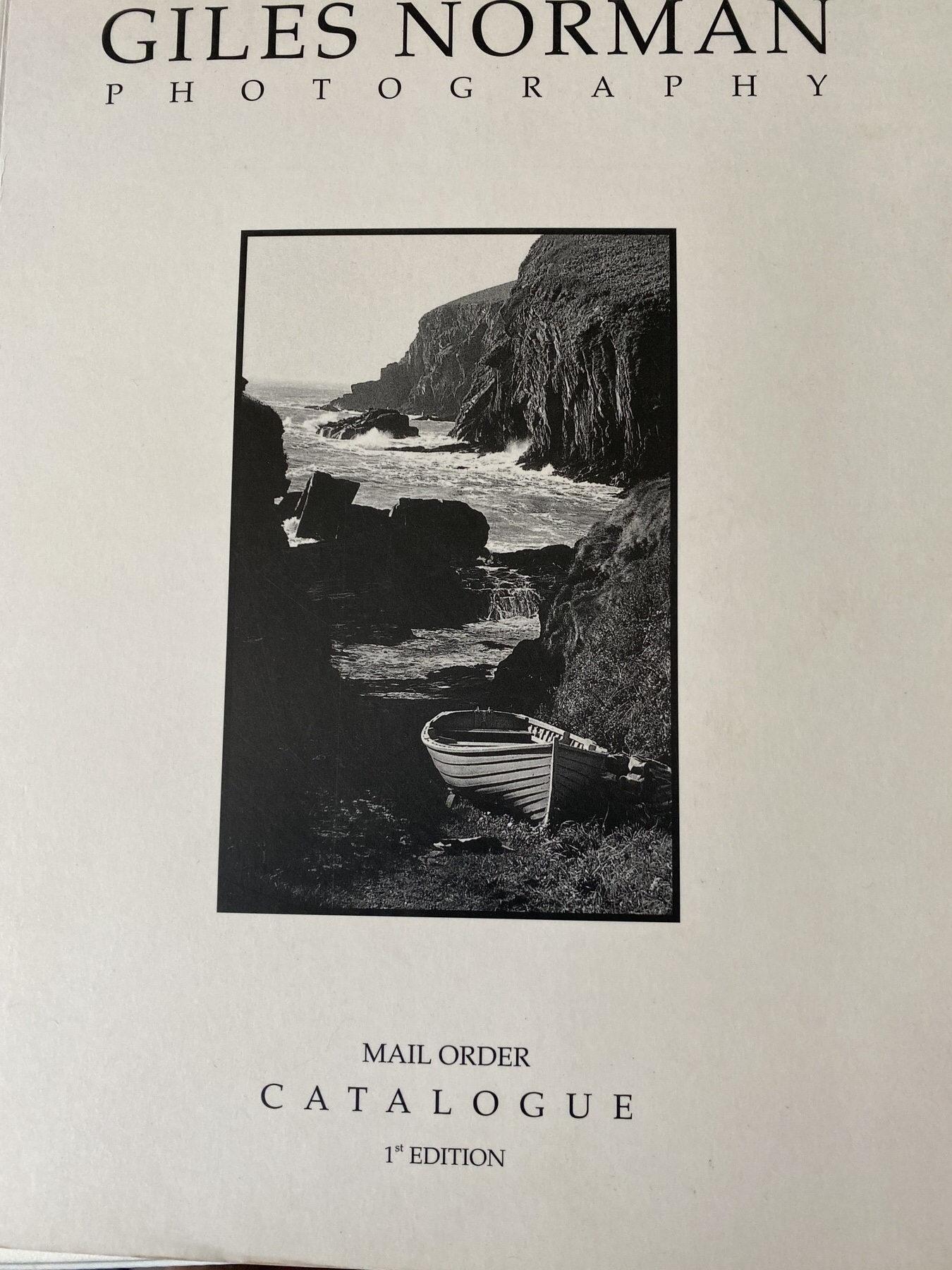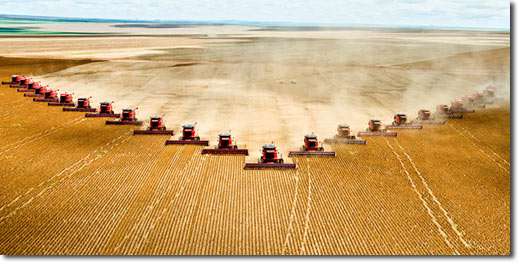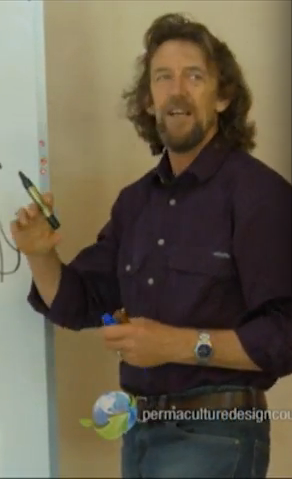After years of exposure to Permaculture and having spent several years a decade ago implementing a disparate set of its common patterns at our previous property in Northern NSW, I am now taking a much deeper dive into it after enrolling in Geoff Lawton’s Online Permaculture Design Course. Its been running a few weeks now and my partner and I are both finding it a revelation. So many concepts and themes that we had previously read about but not really understood are suddenly making sense. Geoff’s an excellent teacher and the online format works perfectly for a couple of introverted types. We can take our time and review material as we go.
There were elements of classic internet marketing1 wrapped around the promotion of the course that had me a little worried, those concerns have proven groundless and I can understand that using the marketing approaches that work makes sense when your goal is to get this material out to the widest audience and in a sustainable way.
As a taster, check out this video Absolute in Abundance, they will want your email address however if you are at all interested in this stuff you will get a steady stream of really good links and content as a result.
I would highly recommend that anyone who has been interested in doing a PDC but not found the time or the right teacher consider taking one of Geoff’s courses.
Meanwhile, check out the many videos and resources that are freely available at the Permaculture Research Institute. The links to several excellent related documentaries can also be found here.
The site is an aggregator of several of my favourite authors including George Monbiot who has a new book - Feral - A manifesto for rewilding the world.
Surfers interested in Permaculture should enjoy this chat with Geoff about the links between surfing and permaculture.




